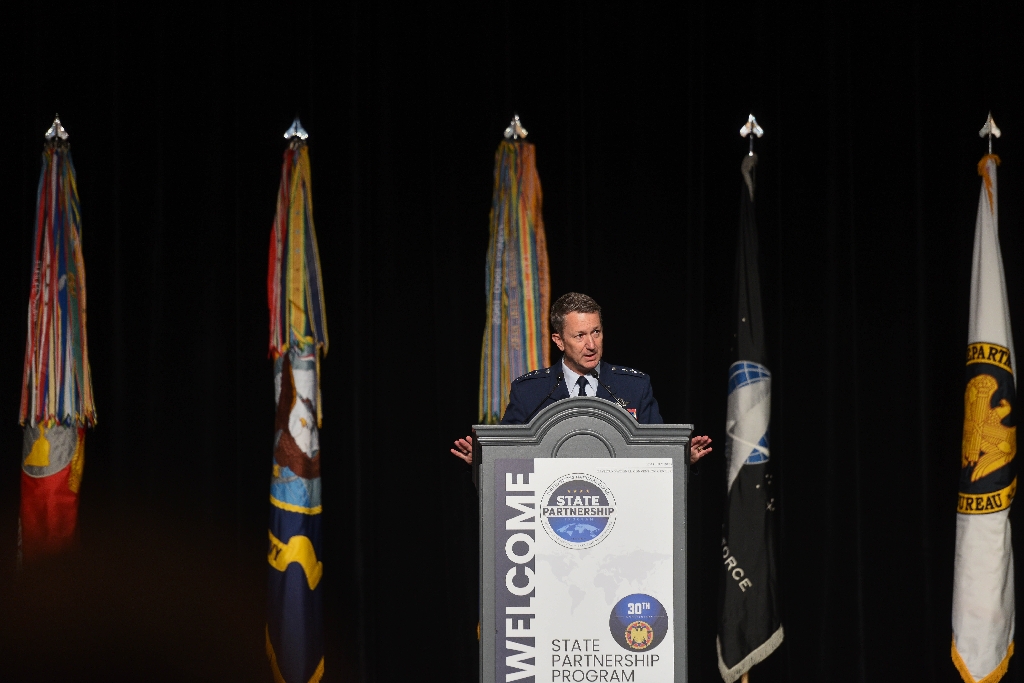Washington (AFP) – Another potentially devastating storm barreled toward the Florida coast on Sunday, as the head of the US disaster relief agency lashed out at a “dangerous” misinformation war being waged over the aftermath of Hurricane Helene. The new storm, Milton, intensified into a Category 1 hurricane Sunday while churning in the Gulf of Mexico, with nothing but warm ocean between it and the Florida coast — an area still reeling from Helene’s catastrophic winds and storm surge.
“Right now, we are still cleaning up from Helene,” Tampa Mayor Jane Castor told CNN, adding that imagining rain from a new storm was “difficult enough, not to mention the storm surge and wind damage.” Milton’s exact path was still not clear Sunday, but officials across Florida were already warning residents to be prepared, with the storm expected to intensify into a major hurricane on Monday before approaching the state’s west coast Wednesday. Officials are issuing mandatory evacuation orders for parts of Pasco County and Anna Maria Island near Tampa starting Monday, while a handful of other counties have told some residents or those in certain types of buildings, like long-term healthcare facilities, to evacuate.
Florida Governor Ron DeSantis has declared 51 of the state’s 67 counties under a state of emergency, predicting Milton could have “major, major impacts,” with storm surges of up to 20 feet (six meters). President Joe Biden was briefed on Milton and said in a statement that his administration was readying “life-saving resources.” Deanne Criswell, head of the Federal Emergency Management Agency (FEMA), said on ABC that federal authorities were ready for Milton. Milton is forecast to move just north of the Yucatan Peninsula and across the southern Gulf of Mexico Monday and Tuesday, the US National Hurricane Center said.
– Disinformation blitz –
A week and a half ago, Hurricane Helene roared into the Florida coastline as a Category 4 storm and carved a path of destruction inland, dumping torrential rainfall and causing flash flooding in remote towns in states such as North Carolina. The storm, which struck Florida on September 26, has killed more than 225 people across a handful of states — making it the deadliest natural disaster to hit the United States since 2005’s Hurricane Katrina — with the toll still rising. Relief workers are racing to find survivors and get power and drinking water to remote mountainous communities. But that effort has been hit by a wave of false claims and conspiracy theories.
Among the litany of disinformation is the falsehood pushed by Republican presidential candidate Donald Trump that relief funds have been misappropriated by his rival for the White House, Democrat Kamala Harris, and redirected toward migrants. “It’s frankly ridiculous and just plain false …it’s really a shame that we’re putting politics ahead of helping people,” Criswell told ABC. It is a “truly dangerous narrative,” she said. The Trump campaign nevertheless doubled down, repeating the assertion in a statement Sunday. FEMA and outside fact-checkers note that a program under the agency’s aegis to provide shelter and aid to migrants is funded directly by Congress, entirely separate from disaster-related funding.
ABC reported that law enforcement officials are monitoring threats toward FEMA officials and other recovery agencies prompted by the disinformation. In addition to Trump’s false claim, the Washington Post reported Sunday on other lies swirling around Helene that it said were “adding to the chaos and confusion.” They include a false claim that a dam was about to burst, which the Post said prompted hundreds of people to unnecessarily evacuate, and a “troubling” lie that officials planned to bulldoze bodies under the rubble in one North Carolina town. One user suggested “a militia go against FEMA” in a post on X, formerly Twitter, which has received more than half a million views.
Asked about that post, Criswell said it “has a tremendous impact on the comfort level of our own employees to be able to go out there.” FEMA has begun debunking the rumors online, as have North Carolina authorities. Much of the focus was on X. Before the platform was purchased by Elon Musk, when it was still known as Twitter, it was a go-to place for disaster coordination and information sharing. But the billionaire has allowed right-wing disinformation and conspiracy theories to flood the platform.
© 2024 AFP




